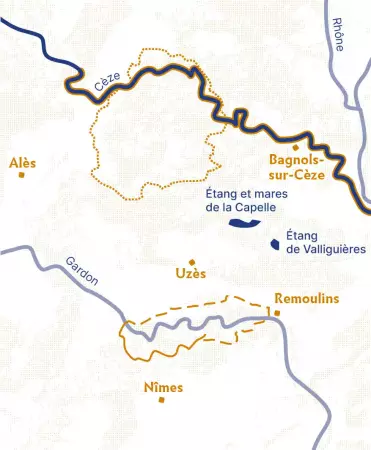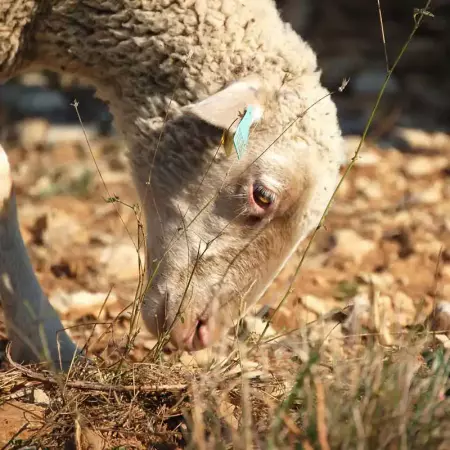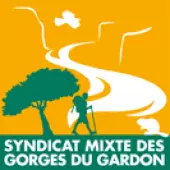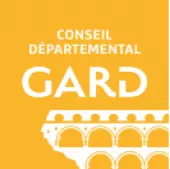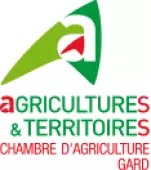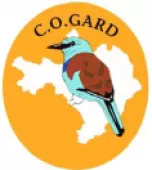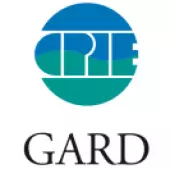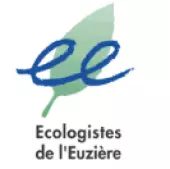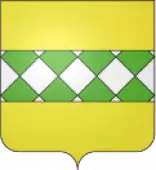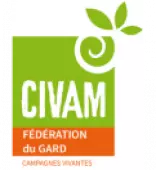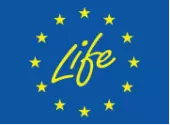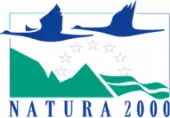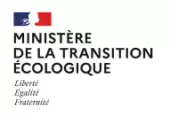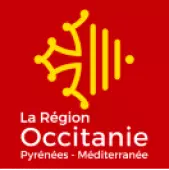The percentage reaches 80% for these habitats. The causes are many and complicated: abandonment of grazing, improper agricultural practices or forest exploitation, presence of alien invasive species, habitat fragmentation, contamination…
The garrigues of the Gard territory, which spreads mostly from the gorges of the Gardon to the gorges of the Cèze, shall equally face these threats. This territory harbours a disparate mosaic of environments, which holds an exceptional biodiversity, for which 400 km2 of natural areas have been given the title of Natura 2000 site.
The LIFE project has for purpose to help safeguarding this Terra Musiva, or mosaic land in latin. Launched in January 2022, with a duration of 5 years, LIFE Terra Musiva shall help enhancing the conservation of the biodiversity within the five Gard garrigues Natura 2000 sites, using:
- conservation projects and measures: rehabilitating or protecting habitats, layouts especially for prey species, etc.
- supporting territorial actors in the adoption of biodiversity-positive practices: elected representatives, farmers, breeders, etc.
- measures taken for raising awareness: events, training, participatory sciences, etc.
Preparatory study for defining the sites and means of intervention shall be taken, along with monitoring actions for assessing the project’s impact on both biodiversity and the territory.
